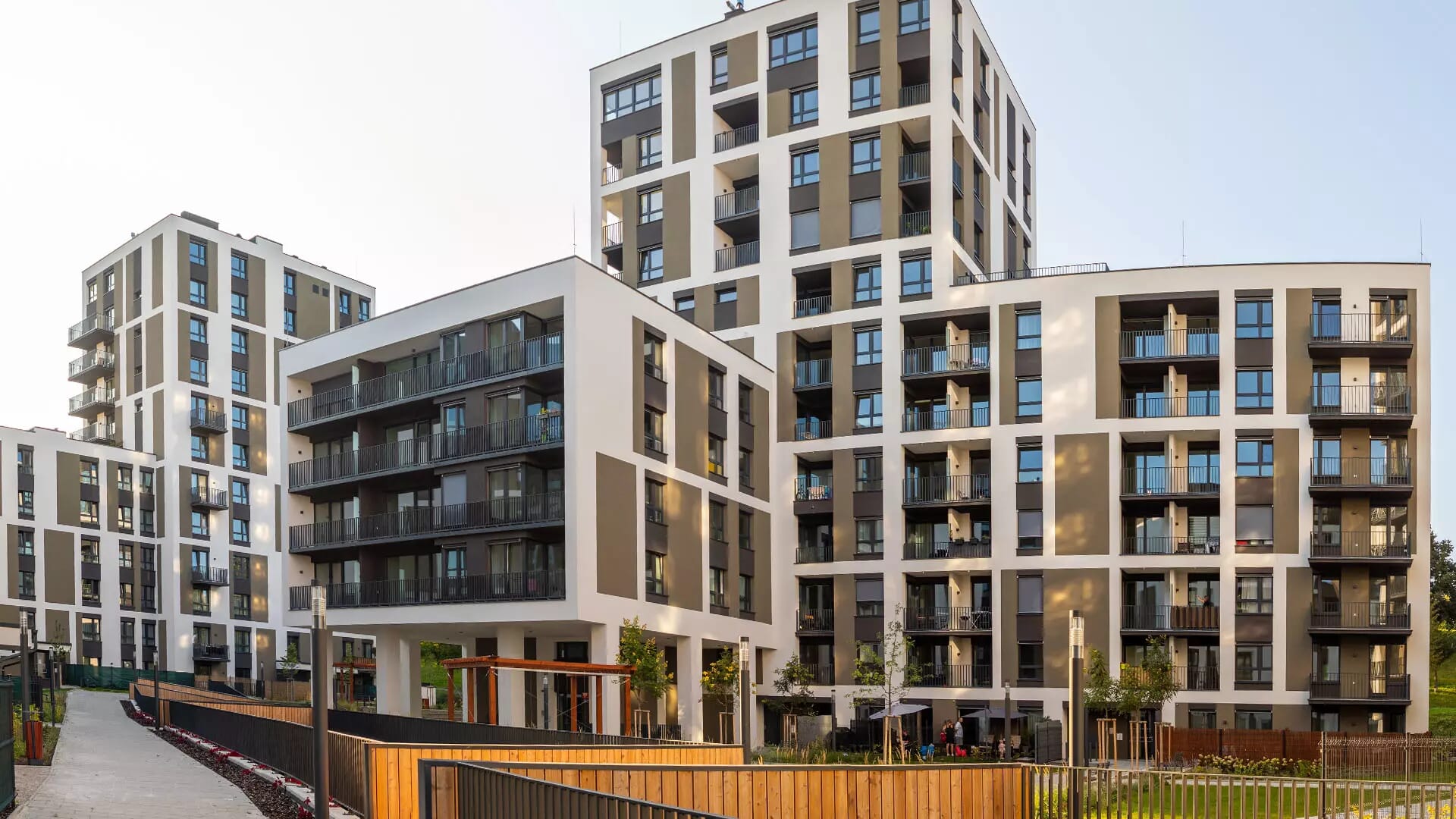 Credit: Grand Warszawski / Shutterstock
Credit: Grand Warszawski / ShutterstockThe Future of CEE's Residential Sector
Balancing Affordability, Sustainability, and Regulation in the Region
May 9, 2023Real Estate
Written by Rory Hickman
 The meeting covered a number of issues facing the sector, including the ongoing impact of the war in Ukraine | Kiev, Ukraine (Photo credit: Gorlovkv | envato)
The meeting covered a number of issues facing the sector, including the ongoing impact of the war in Ukraine | Kiev, Ukraine (Photo credit: Gorlovkv | envato)
Real estate industry leaders from across CEE gathered both at the offices of our co-host Colliers in Prague and online for a GRI Hybrid Club Meeting to discuss the Living Sectors market in the region. The attendees took the opportunity to discuss the latest developments and challenges while forging strategies and partnerships to bring success for the future.
The meeting covered a number of issues facing the sector, including the ongoing impact of the war in Ukraine, the urbanisation of capital cities, energy regulations, the investment habits of younger generations, and the differences that must be considered between the nations making up the region.
The wait-and-see attitude prevalent in the market has left many with a sense of uncertainty and while there is optimism that investments will return, it will require some repricing.
In Czechia, population growth has led to increased demand for housing. However, high-interest rates that could continue for another six months have made owning property an unattractive option for many. Nonetheless, many believe that the market was already changing, and the high interest rates only accelerated this shift.
One notable discussion was on housing affordability in Prague, where prices have increased six-fold in 30 years. However, among clients who generally buy apartments, the wealth has increased eightfold, making it relatively cheaper for the upper quartile.

Rental growth is widely expected, but some believe that the CEE markets are not sufficiently matured yet. The market is cyclical, and it is expected that residential investments will return across the region.
In Romania, the dynamics of the market appear to be organic, with more interest in buying apartments to live in. Still, there is a gap between supply and demand, and developers were urged to design products that address buyers' needs.
The financial institutions in the region are also not currently very interested in investing, particularly in projects with combined rental and ownership. There is a significant difference between CEE countries, with some being more affordable than others. This can depend on factors such as tourism, with Prague given as an example of a major tourist destination, with prices there being notably higher than in Bucharest.
Poland has made significant progress, but it still lags behind western Europe. The value per square metre of residential assets in Warsaw can be as little as half that of Prague, creating excellent opportunity for rental growth.
In Prague, there are 3,000 to 5,000 new apartments built every year, whereas Warsaw has 25,000 to 35,000. The scarcity of properties in Prague has resulted in higher prices, while the permitting process for residential lots is lengthy, and there is not much land available.
In contrast, Poland - and particularly Warsaw - has more land available for development, but there is still a scarcity of apartments, with large developers having up to 60% of projects on hold.
The market in Romania is different from other CEE countries and is generally considered to be less developed. The issues facing the Romanian market are similar albeit at a much different scale to its neighbours in the region. The country faces the same supply chain, financing, and material cost concerns, but although prices are increasing rapidly, it currently remains affordable, and it is still possible to buy apartments in Bucharest.
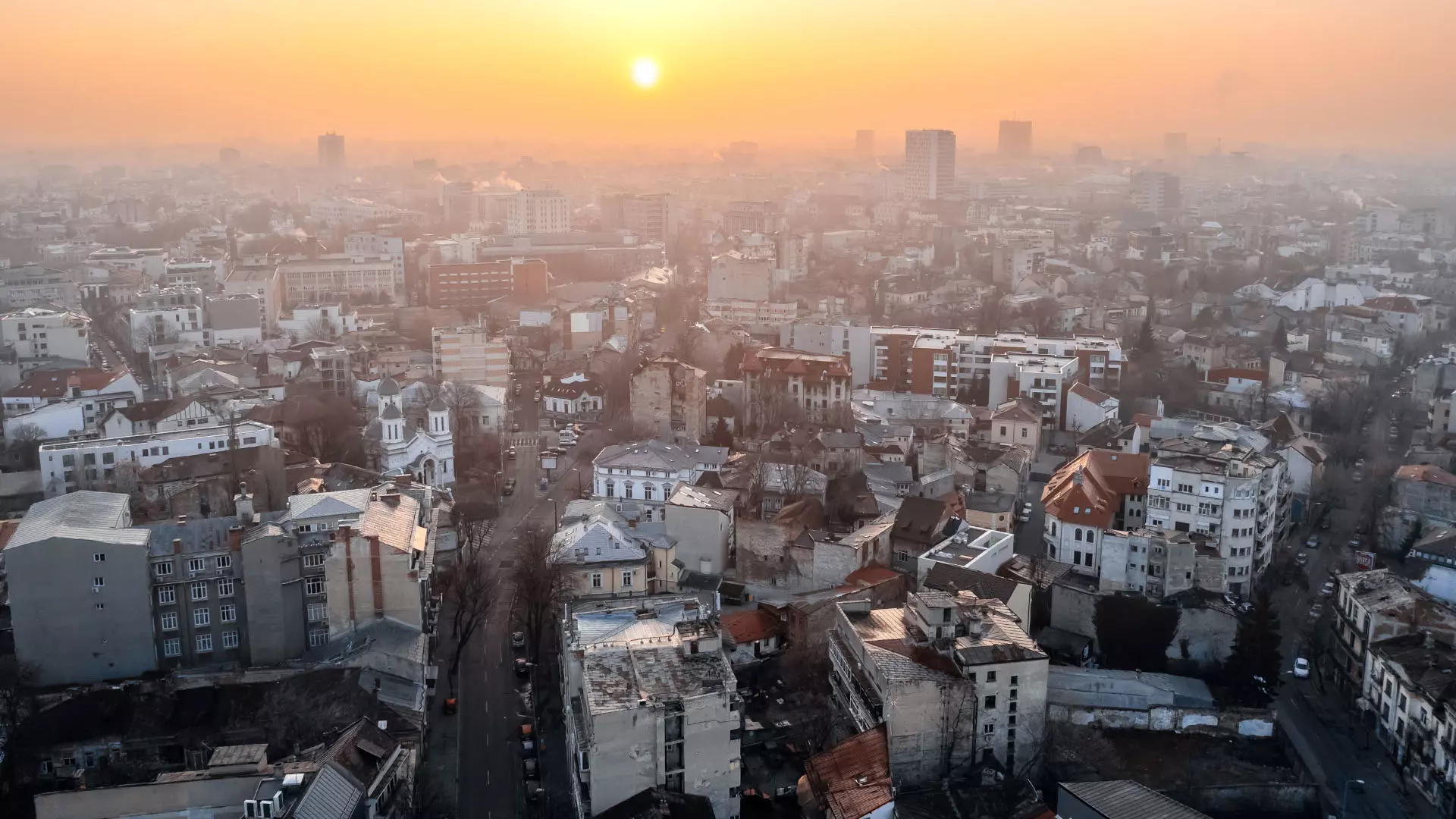
This has led to a large shift towards renting, with the Private Rented Sector (PRS) becoming a leading destination for institutional investors in real estate. Developers are now recognising the opportunities for yield on cost in the PRS market, and are developing a new production line specifically for this sector.
This change is driven by evolving market trends, which has missed an institutional arm of investments in the past. Furthermore, mixed-use properties are becoming more popular, offering a combination of classic rental property and hotel features. This model is delivering more revenue and lower costs, and developers are adapting to meet the demand.
Despite the growing middle class and changing lifestyles, affordability remains a significant issue. Interest rates are unbearable for some, and although locking in a mortgage may be cheaper in the long run - as rental prices increase over time - but this is not considered to be a viable option for many.
A significant cultural shift is also underway, with younger generations viewing owning a property as a hassle. This shift may drive the maturation of the market from an occupancy perspective.
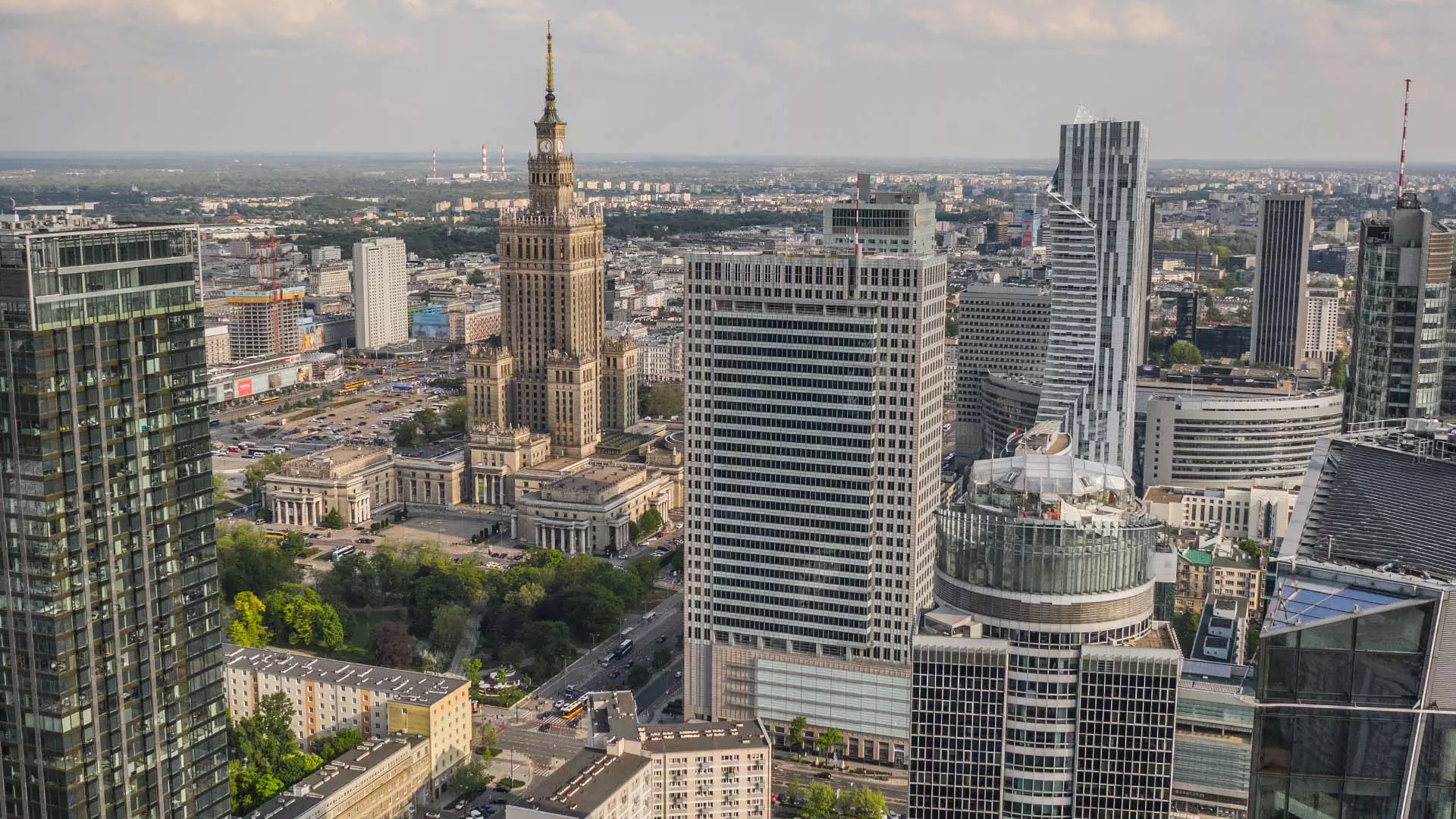
Developers need to design products that answer buyers' needs, paying attention to the demand and adapting to market trends. The Polish market presents a strong case for PRS, with demand existing for almost any such product brought to market. There is also a significant gap in student accommodation in Poland, with students often forced to seek alternative rental options.
Build to Rent (BTR) projects in Prague are challenging due to the need for considerable discounts to make projects viable for higher-end segments. These discounts can have a notable impact on developer’s bottom lines and limit both profitability and desirability for such projects.
Participants highlighted the need to prepare buildings to comply with the level of regulations they are likely to face 10 years into the future to ensure that they retain value. By 2028-2030, there is expected to be a push to reduce the use of primary energy sources by 40%, and properties that meet these requirements will likely be more valuable than those that don't.
Despite the growing awareness of the importance of sustainability, the participants noted that few along the chain are willing to pay for it. Developers and investors are grappling with the challenge of building sustainable properties while keeping prices affordable for buyers or renters.
Overall, the discussion at the event emphasised the need to prioritise ESG standards and sustainability in real estate development and investment decisions. While there may be short-term costs associated with complying with these standards, the long-term benefits in terms of property valuations and environmental impact cannot be ignored.
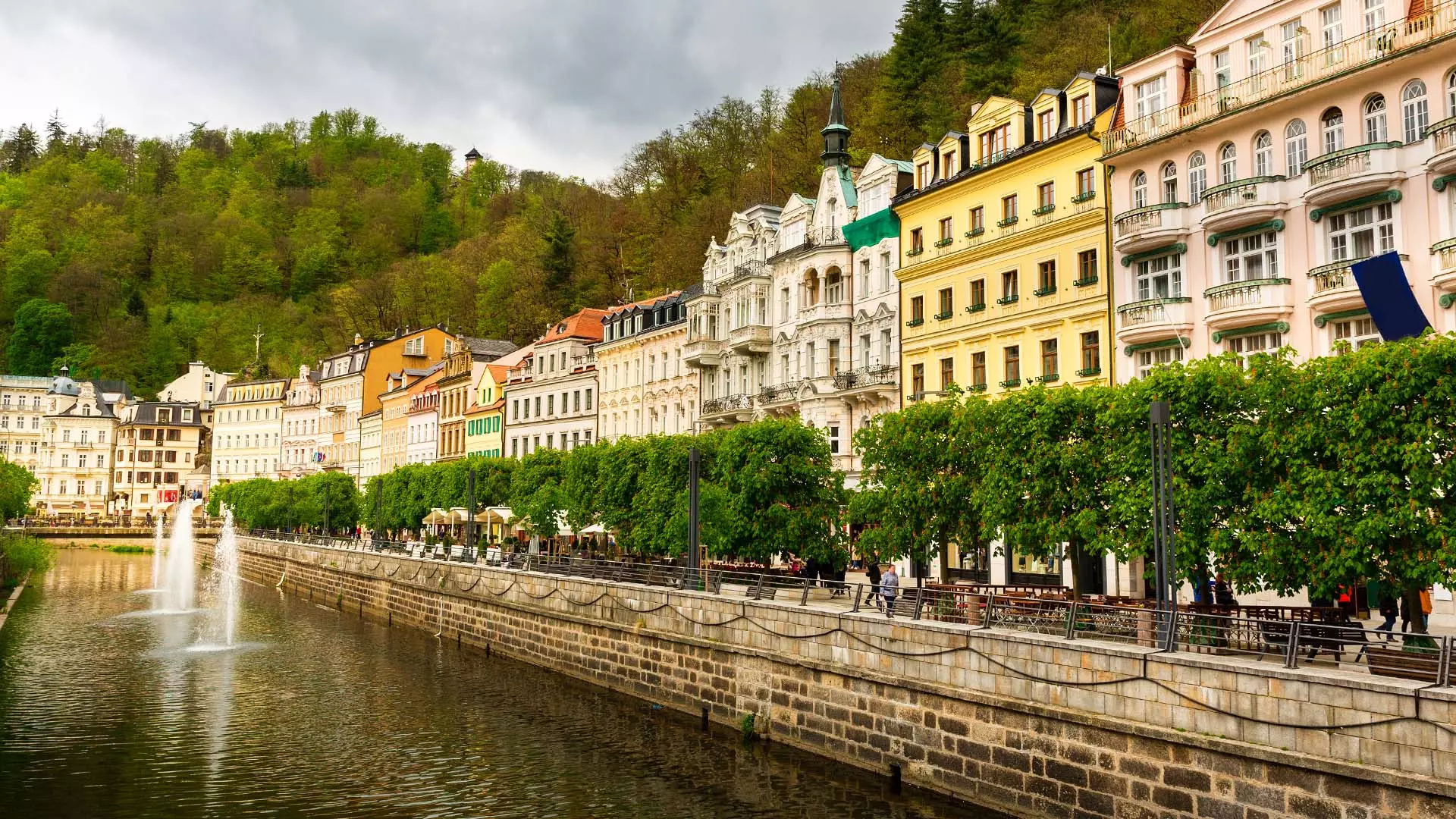
Poland alone has taken in more than 2 million refugees from Ukraine, exacerbating the existing housing shortage in the region, which was already estimated to be at around 2 million units even before the conflict began.
The result has been a significant increase in demand for rental properties, and developers are struggling to keep up with the demand. The war has also brought to light the need for more affordable housing in the region to meet the needs of the growing population.
The attendees also discussed the potential consequences of the end of the war in Ukraine. Many believe that there will be a significant shift in the labour force when the displaced Ukrainians return home to rebuild their country. This will no doubt have an impact on the demand for housing in CEE countries, and developers will need to be prepared to adapt to the changing market conditions.
Despite the slight drop in construction costs, prices are still up by 80% overall. Landowners have also demonstrated no willingness to sell plots at a cheaper price and more stringent ESG regulations are certain to raise costs, creating additional pressure on the construction industry.
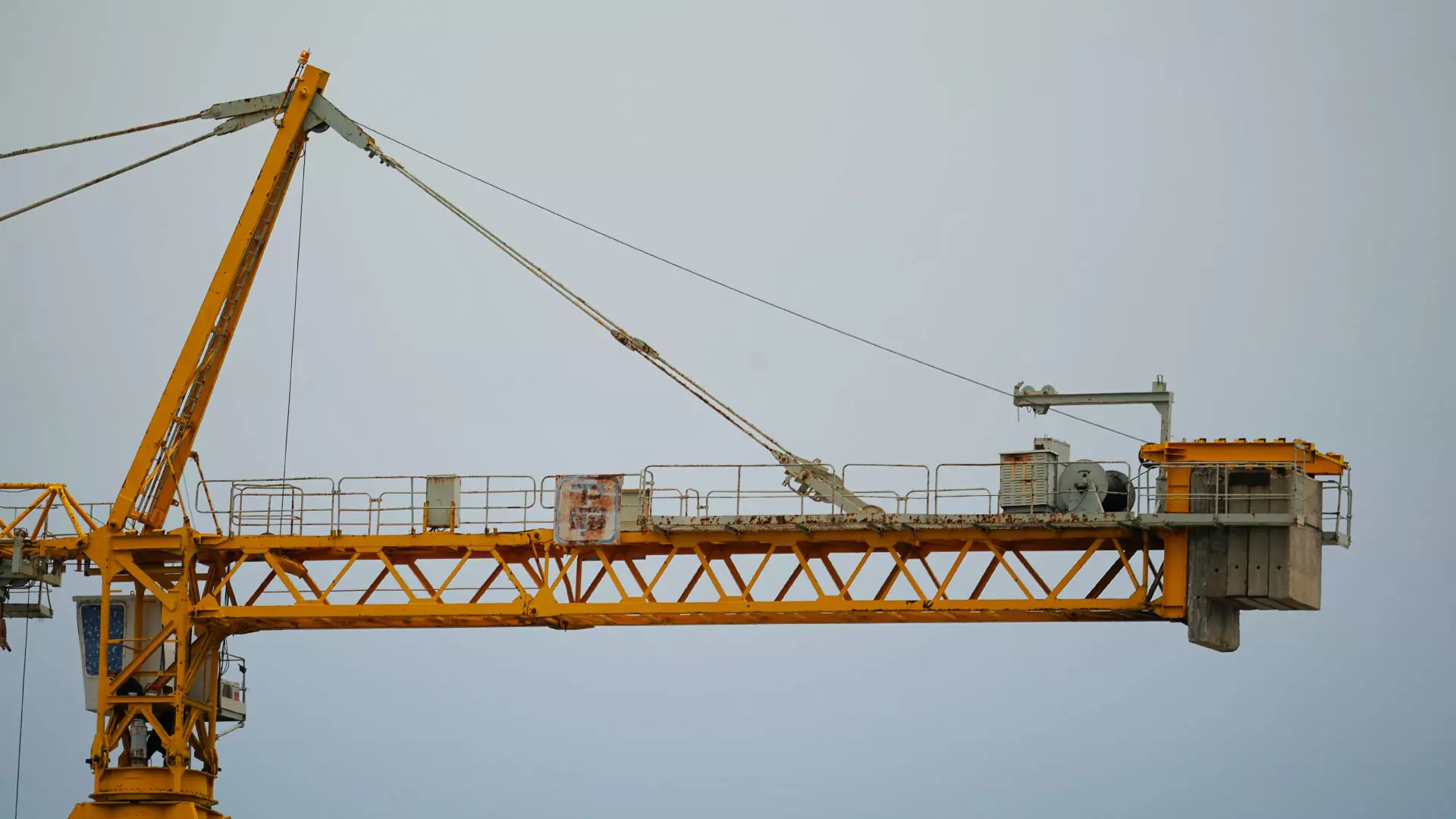
The market was observed to be unlikely to return to the same environment as seen in 2019-2020. Experts believe that construction costs are expected to have a small decrease by the end of 2023, but caution that this trend could reverse due to new regulations.
It remains to be seen how the construction industry will respond to these challenges, and whether a balance can be struck between the need for affordable housing and the rising cost of construction.
Sustainability and energy regulation are also critical topics, with ESG standards compliance emerging as a crucial factor in property valuations. Despite the challenges, the fundamentals of the real estate market in the region are good, and long-term goals, strategies, and partnerships can bring success in the future.
Sharing insights and strategies about future challenges is essential for success going forward, don’t miss out on the unique opportunity to join industry leaders from across the region at CEE GRI 2023 on May 10-11 in Warsaw, Poland.
 The meeting covered a number of issues facing the sector, including the ongoing impact of the war in Ukraine | Kiev, Ukraine (Photo credit: Gorlovkv | envato)
The meeting covered a number of issues facing the sector, including the ongoing impact of the war in Ukraine | Kiev, Ukraine (Photo credit: Gorlovkv | envato)Real estate industry leaders from across CEE gathered both at the offices of our co-host Colliers in Prague and online for a GRI Hybrid Club Meeting to discuss the Living Sectors market in the region. The attendees took the opportunity to discuss the latest developments and challenges while forging strategies and partnerships to bring success for the future.
The meeting covered a number of issues facing the sector, including the ongoing impact of the war in Ukraine, the urbanisation of capital cities, energy regulations, the investment habits of younger generations, and the differences that must be considered between the nations making up the region.
Filling the Supply Gap
While the fundamentals of the real estate market in the region are good, there is still a lack of investment in certain countries and businesses. Investors and developers were urged to think beyond a year and focus on long-term goals.The wait-and-see attitude prevalent in the market has left many with a sense of uncertainty and while there is optimism that investments will return, it will require some repricing.
In Czechia, population growth has led to increased demand for housing. However, high-interest rates that could continue for another six months have made owning property an unattractive option for many. Nonetheless, many believe that the market was already changing, and the high interest rates only accelerated this shift.
One notable discussion was on housing affordability in Prague, where prices have increased six-fold in 30 years. However, among clients who generally buy apartments, the wealth has increased eightfold, making it relatively cheaper for the upper quartile.

Population growth has led to increased demand for housing in Czechia and across the region | Prague, Czechia (Photo credit: Grigory_bruev | envato)
Rental growth is widely expected, but some believe that the CEE markets are not sufficiently matured yet. The market is cyclical, and it is expected that residential investments will return across the region.
In Romania, the dynamics of the market appear to be organic, with more interest in buying apartments to live in. Still, there is a gap between supply and demand, and developers were urged to design products that address buyers' needs.
The financial institutions in the region are also not currently very interested in investing, particularly in projects with combined rental and ownership. There is a significant difference between CEE countries, with some being more affordable than others. This can depend on factors such as tourism, with Prague given as an example of a major tourist destination, with prices there being notably higher than in Bucharest.
Poland has made significant progress, but it still lags behind western Europe. The value per square metre of residential assets in Warsaw can be as little as half that of Prague, creating excellent opportunity for rental growth.
In Prague, there are 3,000 to 5,000 new apartments built every year, whereas Warsaw has 25,000 to 35,000. The scarcity of properties in Prague has resulted in higher prices, while the permitting process for residential lots is lengthy, and there is not much land available.
In contrast, Poland - and particularly Warsaw - has more land available for development, but there is still a scarcity of apartments, with large developers having up to 60% of projects on hold.
The market in Romania is different from other CEE countries and is generally considered to be less developed. The issues facing the Romanian market are similar albeit at a much different scale to its neighbours in the region. The country faces the same supply chain, financing, and material cost concerns, but although prices are increasing rapidly, it currently remains affordable, and it is still possible to buy apartments in Bucharest.

Residential prices in Bucharest are notably higher than in cities like Prague | Bucharest, Romania (Photo credit: frimufilms | envato)
The Affordability Aspect
The real estate market in the CEE region is undergoing significant changes, with urbanisation of capital cities continuing at pace. While some people are moving out of cities, there is still a steady influx of individuals moving to bigger cities. However, the market is experiencing a supply gap, with prices and interest rates increasing, resulting in fewer people buying apartments.This has led to a large shift towards renting, with the Private Rented Sector (PRS) becoming a leading destination for institutional investors in real estate. Developers are now recognising the opportunities for yield on cost in the PRS market, and are developing a new production line specifically for this sector.
This change is driven by evolving market trends, which has missed an institutional arm of investments in the past. Furthermore, mixed-use properties are becoming more popular, offering a combination of classic rental property and hotel features. This model is delivering more revenue and lower costs, and developers are adapting to meet the demand.
Despite the growing middle class and changing lifestyles, affordability remains a significant issue. Interest rates are unbearable for some, and although locking in a mortgage may be cheaper in the long run - as rental prices increase over time - but this is not considered to be a viable option for many.
A significant cultural shift is also underway, with younger generations viewing owning a property as a hassle. This shift may drive the maturation of the market from an occupancy perspective.

The Polish market presents a strong case for PRS, with demand existing for almost any such product brought to market | Warsaw, Poland (Photo credit: a_medvedkov | envato)
Developers need to design products that answer buyers' needs, paying attention to the demand and adapting to market trends. The Polish market presents a strong case for PRS, with demand existing for almost any such product brought to market. There is also a significant gap in student accommodation in Poland, with students often forced to seek alternative rental options.
Build to Rent (BTR) projects in Prague are challenging due to the need for considerable discounts to make projects viable for higher-end segments. These discounts can have a notable impact on developer’s bottom lines and limit both profitability and desirability for such projects.
Sustainability and Energy Regulation
Energy and energy regulation emerged as a key topic, with some participants suggesting that it was even more critical than interest rates and financing. The consensus was that complying with ESG standards was crucial, and failure to do so could destroy property valuations. Commercial banks are already cutting funding for projects that don't meet ESG requirements.Participants highlighted the need to prepare buildings to comply with the level of regulations they are likely to face 10 years into the future to ensure that they retain value. By 2028-2030, there is expected to be a push to reduce the use of primary energy sources by 40%, and properties that meet these requirements will likely be more valuable than those that don't.
Despite the growing awareness of the importance of sustainability, the participants noted that few along the chain are willing to pay for it. Developers and investors are grappling with the challenge of building sustainable properties while keeping prices affordable for buyers or renters.
Overall, the discussion at the event emphasised the need to prioritise ESG standards and sustainability in real estate development and investment decisions. While there may be short-term costs associated with complying with these standards, the long-term benefits in terms of property valuations and environmental impact cannot be ignored.

Energy regulation emerged as a key topic, possibly more critical than interest rates and financing | Karlovy Vary, Czechia (Photo credit: NomadSoul1 | envato)
The War in Ukraine
The war in Ukraine has had a significant impact on the real estate market in the region. One of the major consequences has been the influx of refugees into neighbouring countries resulting in a surge in demand for housing, in turn leading to increases in rental prices.Poland alone has taken in more than 2 million refugees from Ukraine, exacerbating the existing housing shortage in the region, which was already estimated to be at around 2 million units even before the conflict began.
The result has been a significant increase in demand for rental properties, and developers are struggling to keep up with the demand. The war has also brought to light the need for more affordable housing in the region to meet the needs of the growing population.
The attendees also discussed the potential consequences of the end of the war in Ukraine. Many believe that there will be a significant shift in the labour force when the displaced Ukrainians return home to rebuild their country. This will no doubt have an impact on the demand for housing in CEE countries, and developers will need to be prepared to adapt to the changing market conditions.
Cost of Construction
Some participants expressed the view that construction prices must be reduced to revive the buyer's market and avoid projects from becoming stalled. Prices were noted to have increased by 40% as a result of the pandemic, an additional 60% because of the war in Ukraine, followed by a 20% drop in more recent months.Despite the slight drop in construction costs, prices are still up by 80% overall. Landowners have also demonstrated no willingness to sell plots at a cheaper price and more stringent ESG regulations are certain to raise costs, creating additional pressure on the construction industry.

It remains to be seen how the construction industry will respond to these challenges (Photo credit: FoToArtist_1 | envato)
The market was observed to be unlikely to return to the same environment as seen in 2019-2020. Experts believe that construction costs are expected to have a small decrease by the end of 2023, but caution that this trend could reverse due to new regulations.
It remains to be seen how the construction industry will respond to these challenges, and whether a balance can be struck between the need for affordable housing and the rising cost of construction.
Conclusion and Next Steps
The real estate industry in the Central and Eastern Europe region is experiencing a supply gap, leading to a shift towards renting, with PRS and BTR both rapidly gaining popularity for institutional investors. Affordability remains a significant issue, with younger generations seeing owning property as a hassle even when they can afford to do so.Sustainability and energy regulation are also critical topics, with ESG standards compliance emerging as a crucial factor in property valuations. Despite the challenges, the fundamentals of the real estate market in the region are good, and long-term goals, strategies, and partnerships can bring success in the future.
Sharing insights and strategies about future challenges is essential for success going forward, don’t miss out on the unique opportunity to join industry leaders from across the region at CEE GRI 2023 on May 10-11 in Warsaw, Poland.



